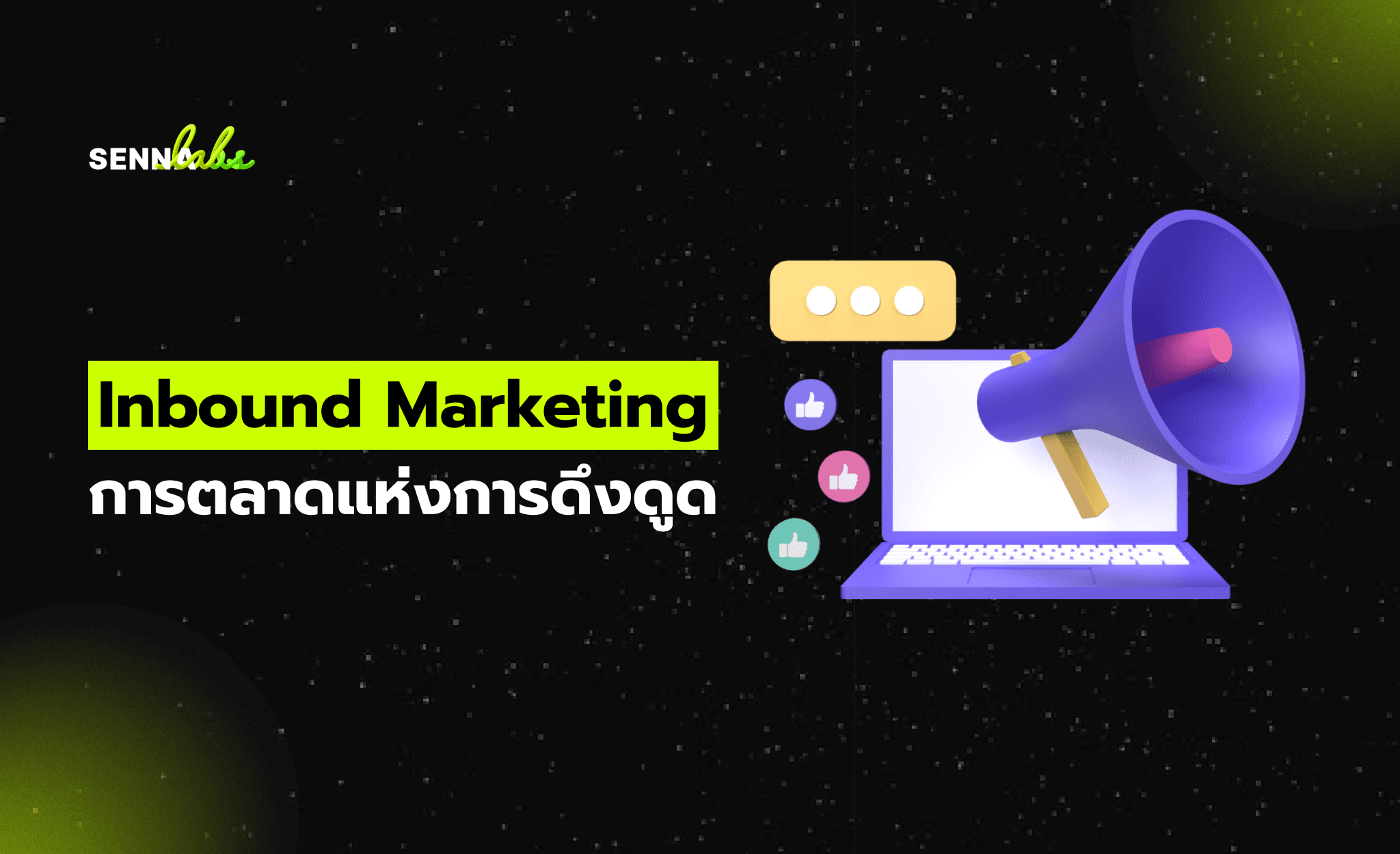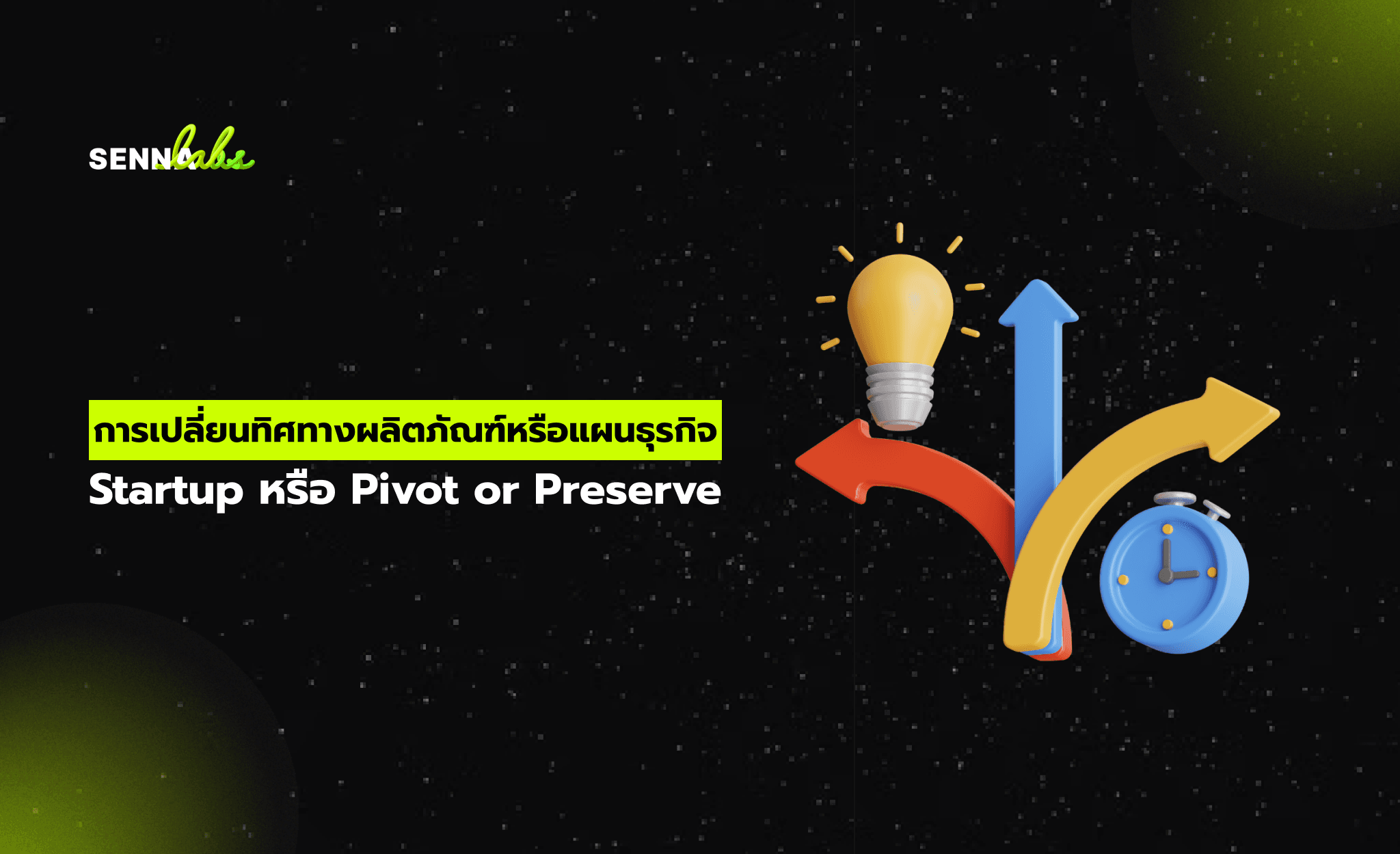Use Analytics and Heatmaps to Guide Content Creation

Creating content without data is like designing a building without a blueprint. You might get lucky, but chances are high you’ll waste time, budget, and effort. In contrast, when you let user behavior—tracked through analytics and heatmaps—guide your content strategy, you gain clarity, precision, and results.
In this article, we’ll explore how tracking where users click, scroll, and engage can help you uncover high-interest topics, optimize content layout, and drive meaningful traffic growth.

Real Use Case: Fashion Insights From the Scroll Map
A fashion website offering style advice for women of different age groups had a growing blog with decent traffic—but uneven engagement. Some articles had strong metrics, while others showed high bounce rates and short session times.
To uncover what content truly resonated with users, the team used heatmaps and scroll-tracking tools to observe:
-
Which sections of each article were most viewed or clicked
-
Where users dropped off or stopped scrolling
-
What call-to-actions (CTAs) were being ignored or overused
They discovered that in one article titled “How to Dress for the Office in Every Decade of Life,” most users spent the longest time on the section about workwear styles for women in their 40s and 50s. That segment had nearly double the engagement of other sections.
Based on this insight, they created an expanded article: “Workwear Style Guide for Every Age: 20s to 60s+.” They included:
-
More outfit inspiration by age group
-
Interactive style quizzes
-
Shoppable links and real customer photos
The Result:
-
Page views on this content type rose by 70%
-
Social shares and Pinterest saves increased substantially
-
Email subscriptions on pages with enhanced content rose by 25%
Why Heatmaps and Analytics Matter
Traditional analytics tools like Google Analytics show you where traffic comes from and how long users stay. But they don’t show you what people actually do once they arrive. That’s where heatmaps come in.
Heatmaps help you visualize user activity with clarity:
-
Click maps show what parts of a page people click on
-
Scroll maps indicate how far down users scroll before dropping off
-
Attention maps highlight areas where users linger the most
Together, these tools give you a front-row seat to how your content is consumed.
How to Use This Data to Shape Better Content
1. Identify High-Interest Sections
Use scroll or attention heatmaps to pinpoint where users spend most of their time. These are the topics you should explore deeper in future content.
For example, if users spend extra time reading about “layering for cold offices,” that could be a separate blog post or newsletter feature.
2. Cut or Optimize Low-Interest Content
If users consistently skip past certain parts of your articles, that’s a signal. Reevaluate the content's relevance, layout, or length. Perhaps it needs a better header or visual aid—or maybe it doesn’t need to be there at all.
3. Improve Content Layout and Design
Click heatmaps often reveal where users think something is clickable—even when it’s not. Use this to reposition links, add buttons, or rethink CTA placement.
For instance, if users are clicking on an image expecting a product link, make it shoppable.
4. Guide Future Content Strategy
When you know what your audience actually engages with, you can:
-
Create more posts in that category
-
Update older articles with additional sections
-
Bundle content into lead magnets (e.g., PDFs or email series)
5. Optimize Headlines and Intros
Heatmaps also help you test whether your headlines and introductions are working. If users drop off after the first paragraph, your hook might need rewriting.
Tools That Can Help
-
Hotjar: Offers click maps, scroll tracking, session replays, and feedback tools
-
Crazy Egg: Provides visual behavior analysis and A/B testing features
-
Microsoft Clarity: A free tool with heatmaps and session recordings
-
Google Analytics: For overall performance and traffic patterns
Combining tools gives you the full picture: what’s working, what’s not, and what to create next.
Final Thoughts
Creating content should be strategic—not a guessing game. With analytics and heatmaps, you gain powerful insight into what your audience values most. You’re not just writing for keywords—you’re writing for real people, based on real behavior.
In today’s content-saturated environment, the brands that succeed are the ones that listen to their data, then act on it creatively.
So if you want to create content that your audience actually reads, shares, and acts on, stop guessing. Start tracking.


Subscribe to follow product news, latest in technology, solutions, and updates
Other articles for you



Let’s build digital products that are simply awesome !
We will get back to you within 24 hours!Go to contact us Please tell us your ideas.
Please tell us your ideas.







